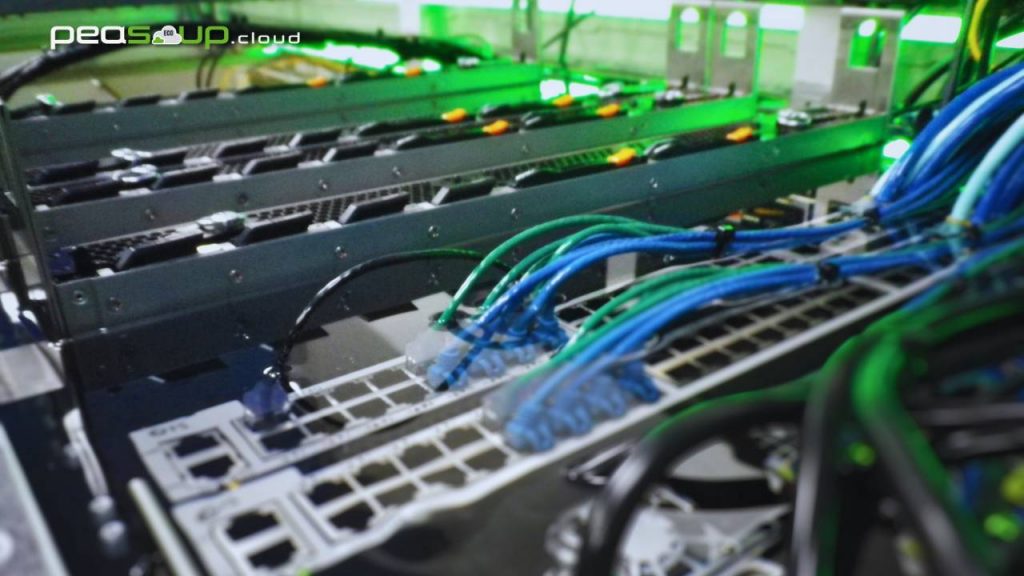Why Energy Efficiency in Data Centres Matters and How Liquid Immersion Cooling is Leading the Charge
In our increasingly digital world, data centres have become essential infrastructure, powering everything from cloud services to artificial intelligence. However, these facilities consume vast amounts of energy, raising significant environmental and operational concerns. Achieving energy efficiency in data centres is crucial for reducing costs, minimising environmental impact, and ensuring sustainable growth. Liquid immersion cooling is emerging as a transformative solution to address these challenges.
Energy Efficiency
Data centres are among the most energy-intensive facilities. On average, they consume about 2% of the total electricity globally, a figure expected to grow with the rising demand for digital services. Energy efficiency in data centres is vital for several reasons. First, it significantly lowers operational expenses. Reducing energy consumption means lower electricity bills, freeing up resources for innovation and infrastructure improvements. Furthermore, lower energy consumption translates to reduced greenhouse gas emissions, helping to combat climate change. Data centres play a critical role in global sustainability efforts.
With increasing regulatory pressure to reduce carbon emissions, energy-efficient data centres are better positioned to comply with these standards, avoiding penalties and enhancing their reputation. Efficient energy management also improves the reliability and performance of data centres. Optimised cooling systems reduce the risk of equipment failure, ensuring continuous operations. Additionally, as the demand for data processing grows, energy-efficient data centres can scale sustainably, supporting the expansion of digital services without disproportionately increasing energy consumption.
Liquid Immersion Cooling
Traditional air cooling systems in data centres are becoming inadequate, especially in high-density server environments. These systems often fail to cool effectively, leading to increased energy usage and hot spots. Liquid immersion cooling offers a revolutionary alternative with several advantages. This method involves submerging IT hardware in a thermally conductive dielectric liquid, which is much more effective at heat removal compared to air cooling. Liquids have higher thermal conductivity and specific heat capacity, resulting in superior cooling efficiency.
By utilising liquid immersion cooling, data centres can reduce cooling energy requirements by up to 40%. This significant reduction in energy use lowers overall operational costs. Additionally, liquid immersion cooling maintains lower operating temperatures, enhancing the performance and longevity of IT equipment. Components can run at optimal speeds without overheating, reducing the need for frequent hardware replacements. These cooling systems also reduce the physical footprint of cooling infrastructure, allowing for higher server densities and more efficient space utilisation.
Traditional air cooling systems generate considerable noise from fans and HVAC systems. In contrast, liquid immersion cooling operates quietly, creating a more conducive working environment. Moreover, the dielectric fluids used in liquid immersion cooling are often non-toxic, non-flammable, and environmentally friendly, aligning with sustainability goals.
Conclusions
Energy efficiency in data centres is not just an operational necessity but a critical component of global sustainability efforts. As data centres continue to expand, their energy demands and environmental impacts must be addressed. Liquid immersion cooling is the right solution, offering superior cooling efficiency, significant energy savings, enhanced performance, and sustainability benefits. The adoption of innovative cooling technologies like liquid immersion will be pivotal in creating a more energy-efficient and environmentally responsible digital infrastructure.

